Expanding an email list is fundamental in today’s digital landscape, offering businesses an impactful way to connect with their audience. Consider these statistics:
- Email Marketing Effectiveness: Email marketing continues to be highly effective, with an average ROI of 42:1, making it a powerful tool for businesses to drive revenue and engagement.
- Conversion Rates: According to a report by DMA, email marketing has an impressive conversion rate of 66%, outperforming other marketing channels.
- Subscriber Behavior: About 99% of consumers check their email every day, providing businesses with daily touchpoints for brand communication.
- Personalization Impact: Personalized emails deliver 6x higher transaction rates, underlining the significance of tailored content in engaging subscribers.
- Mobile Responsiveness: Over 60% of email opens occur on mobile devices, emphasizing the importance of mobile-responsive email designs for effective engagement.
- Growth Impact: Businesses that nurture leads with targeted content witness a 50% increase in sales-ready leads at a 33% lower cost.
Benefits of Building Email List:
- Direct Communication Channel: Email provides a direct and personal way to connect with your audience, allowing you to convey tailored messages, promotions, and updates directly to their inbox.
- Targeted Marketing: With segmented lists, you can personalize content based on subscriber preferences, behaviors, or demographics, resulting in higher engagement and conversions.
- Increased Conversions: Email subscribers are more likely to convert into customers as they have already shown interest in your brand, products, or services by opting in.
- Cost-Effective Marketing: Compared to other marketing channels, email marketing offers a high ROI and is cost-effective, making it ideal for businesses of all sizes.
- Brand Loyalty and Trust: Consistent and valuable communication fosters trust and builds brand loyalty among subscribers, leading to repeat purchases and advocacy.
- Data-Driven Insights: Email marketing platforms provide valuable analytics and metrics that help track open rates, click-through rates, and customer behavior, enabling optimization of marketing strategies.
- Customer Retention: Regular newsletters, exclusive offers, and valuable content shared through emails help retain existing customers, reducing churn rates.
- Promotion of New Products/Services: Launching new products or services becomes more effective when promoted to an engaged email list that has already shown interest in your brand.
- Mobile Reach: With the majority of emails being opened on mobile devices, businesses can effectively reach customers wherever they are.
- Control and Ownership: Unlike social media platforms, you have full control and ownership of your email list, reducing reliance on third-party algorithms or platform changes.
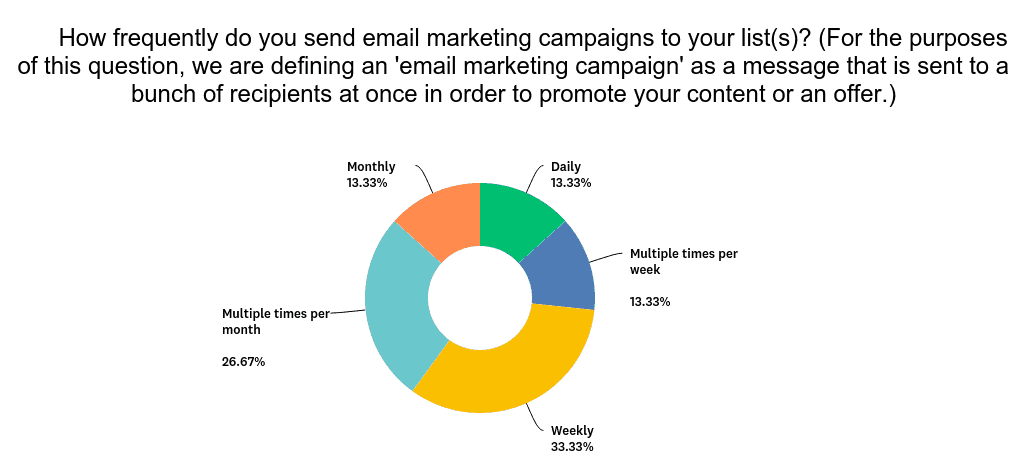
Strategies for Effective Email List Expansion:
1. Use Popup Email Signup Forms:

Popup mail signup forms are a powerful way to capture visitor attention and encourage them to subscribe to your email list. OptinMonster is a top-notch tool for creating various types of popup forms, including exit-intent popups, timed popups, slide-ins, and more.
- Exit-intent popups: These appear when a user is about to leave your website, prompting them to subscribe before they go.
- Timed popups: These appear after a specific duration, engaging visitors who have spent some time on your site.
- Slide-ins: These slide into view from the corner or side of the screen, grabbing attention without being intrusive.
- Incentives: Offer discounts, freebies, or exclusive content in exchange for email signups.
- Personalized targeting: Show different popups based on user behavior, referral source, or other criteria.
OptinMonster offers user-friendly templates, drag-and-drop functionality, and robust analytics to track popup performance. Its seamless integration capabilities with various platforms make it an ideal choice for maximizing email signups through strategically designed popups.
2. Add a Newsletter Signup CTA to Social Media:
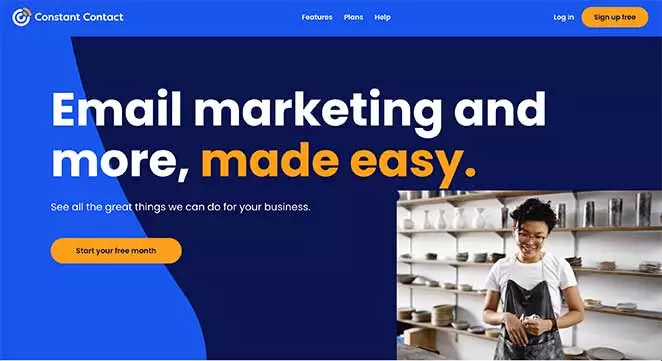
Creating a dedicated landing page with a mail signup form is an effective method to capture email addresses from your social media audience. SeedProd is a WordPress plugin that simplifies the creation of landing pages.
Here’s how it works:
- Building the Landing Page: SeedProd offers an intuitive interface to design landing pages with drag-and-drop elements. You can add signup forms, images, text, and more to create an attractive page.
- Email Signup Form Integration: Integrate your email signup form seamlessly into the landing page to encourage visitors to subscribe.
- Social Media Sharing: Once the landing page is ready, share its link across your social media channels. Include a clear call-to-action inviting users to sign up for your newsletter.
SeedProd streamlines the process of creating engaging landing pages without requiring extensive technical knowledge. By sharing the landing page link on social media, you can drive traffic from your social platforms and convert visitors into email subscribers.
3. Link Signup Form in Email Signature:
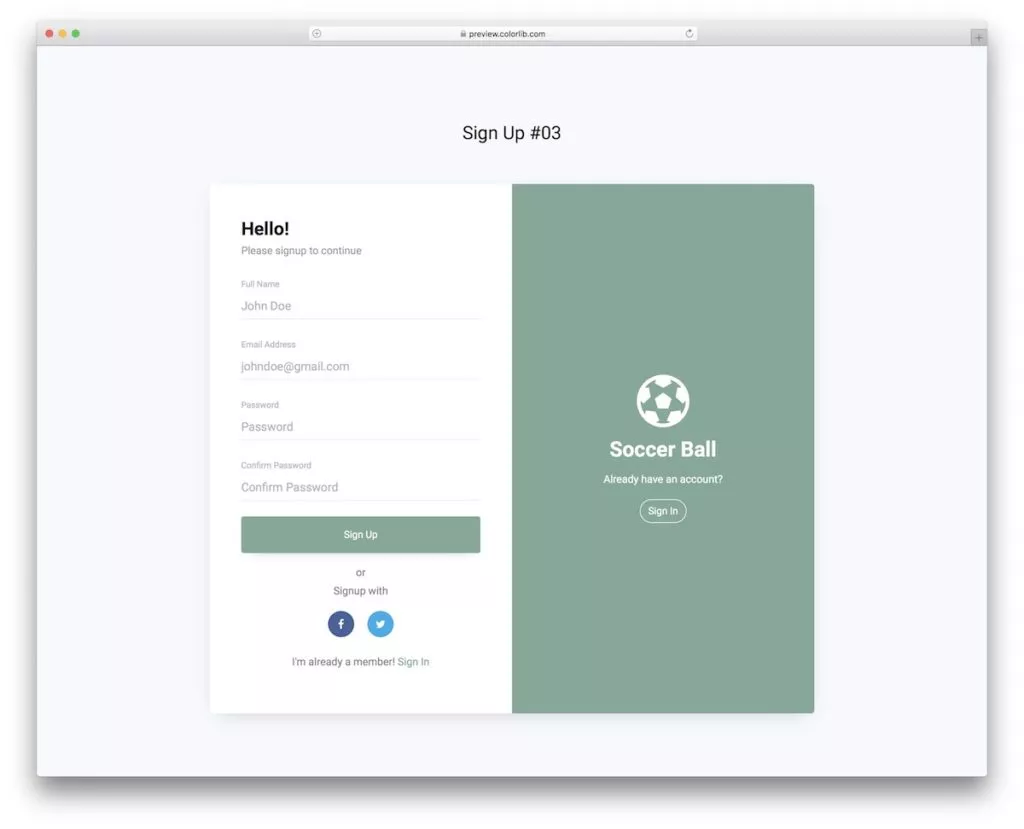
Adding a link to your signup form in your email signature can be an effective way to collect subscribers from your everyday email communications. You can achieve this by:
a. HTML Editor in Email Client:
- Open the HTML editor or signature settings in your email client (like Gmail, Outlook, etc.).
- Insert the HTML code for the signup form link. For instance, you’d format it like
<a href="your-signup-form-link">Subscribe to our newsletter</a>.
b. WiseStamp Plugin:
- Install WiseStamp, a plugin available for various email clients.
- Customize your signature within WiseStamp by adding the signup form link.
- Save the changes, and the signup link will be automatically included in your email signature.
By incorporating the signup form link into your email signature, every email you send becomes an opportunity for recipients to subscribe to your newsletter.
4. Place Signup Button in Email Campaigns:
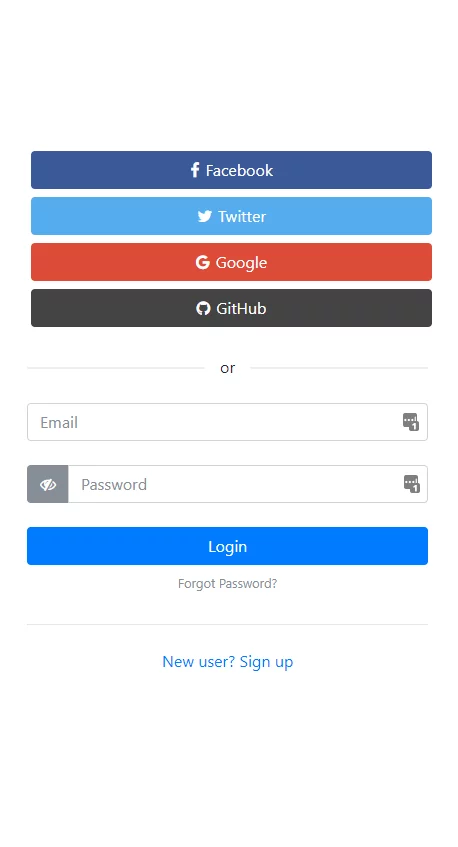
Including a clear call-to-action (CTA) button in your email campaigns can significantly boost subscriber signups. Here’s how to do it:
a. Email Marketing Platform Templates:
- Log in to your email marketing platform such as Mailchimp, Constant Contact, or ConvertKit.
- Create or edit your email campaign.
- Most platforms offer customizable templates that include CTA buttons.
- Insert the CTA button block in your email content.
- Customize the button text, color, and link it to your signup form URL.
b. Customizing the CTA Button:
- If the template doesn’t have a preset button block, you can manually create one using HTML.
- Write HTML code for a button, e.g.,
<a href="your-signup-form-link" style="background-color: #yourcolor; color: #textcolor; padding: 10px 20px; text-decoration: none; border-radius: 5px;">Subscribe Now</a>.
5. Hosting a Giveaway:
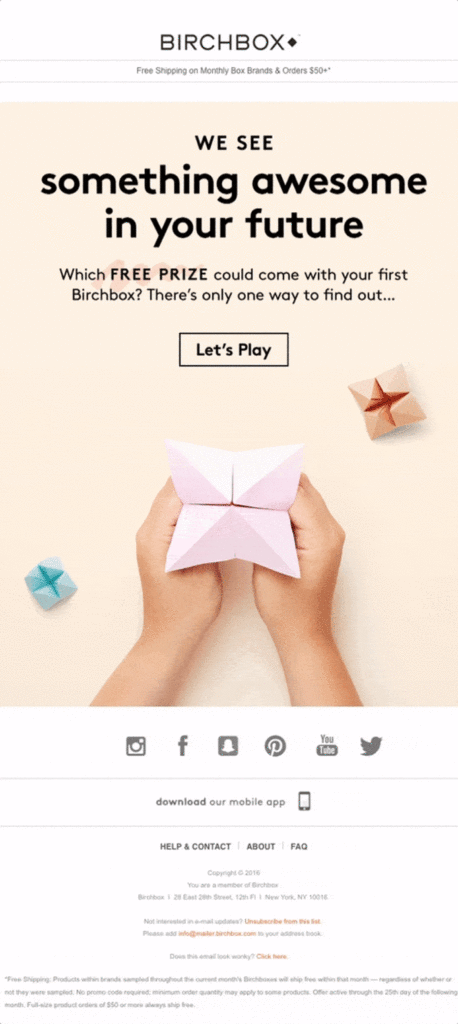
Hosting a giveaway using these tools creates engagement and encourages email signups through interactive experiences.
a. RafflePress: Install RafflePress, a dedicated plugin that simplifies the creation and management of giveaways. Craft engaging campaigns, establish entry rules, and define participation actions. Use its drag-and-drop builder to create interactive giveaway experiences. Encourage participation by including email signups as an entry method, incentivizing users to subscribe.
b. Spin Wheel Opt-in Forms: Implement spin wheel opt-in forms, allowing visitors to spin a wheel for a chance to win. Embed these forms on your website to entice users to join your email list in exchange for prizes or discounts. Customize prize options to align with your brand and attract participants.
6. Offering a Lead Magnet:
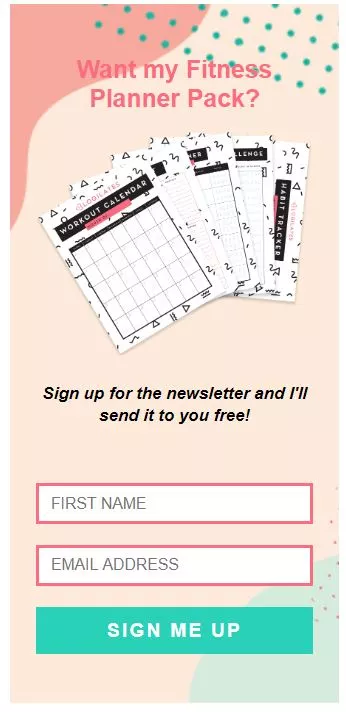
Offering valuable content as a lead magnet attracts potential subscribers by providing immediate value. Promoting it across various channels maximizes visibility and encourages email signups.
a. Valuable Content Offerings: Create high-value content like eBooks, discount codes, educational videos, or exclusive resources. Ensure the content directly caters to your audience’s interests and needs, offering immediate value or solutions to their problems.
b. Promotion Across Channels:
- Website: Develop dedicated landing pages or sections promoting the lead magnet.
- Social Media: Share snippets or teasers on various platforms to generate interest.
- Email Campaigns: Include the lead magnet as an offering in your email marketing.
- Blog Posts or Articles: Create dedicated content highlighting the value of the lead magnet and directing visitors to sign up.
- Paid Advertising: Use targeted ads to reach audiences interested in your content offer.
7. Build a Lead Generation Quiz:
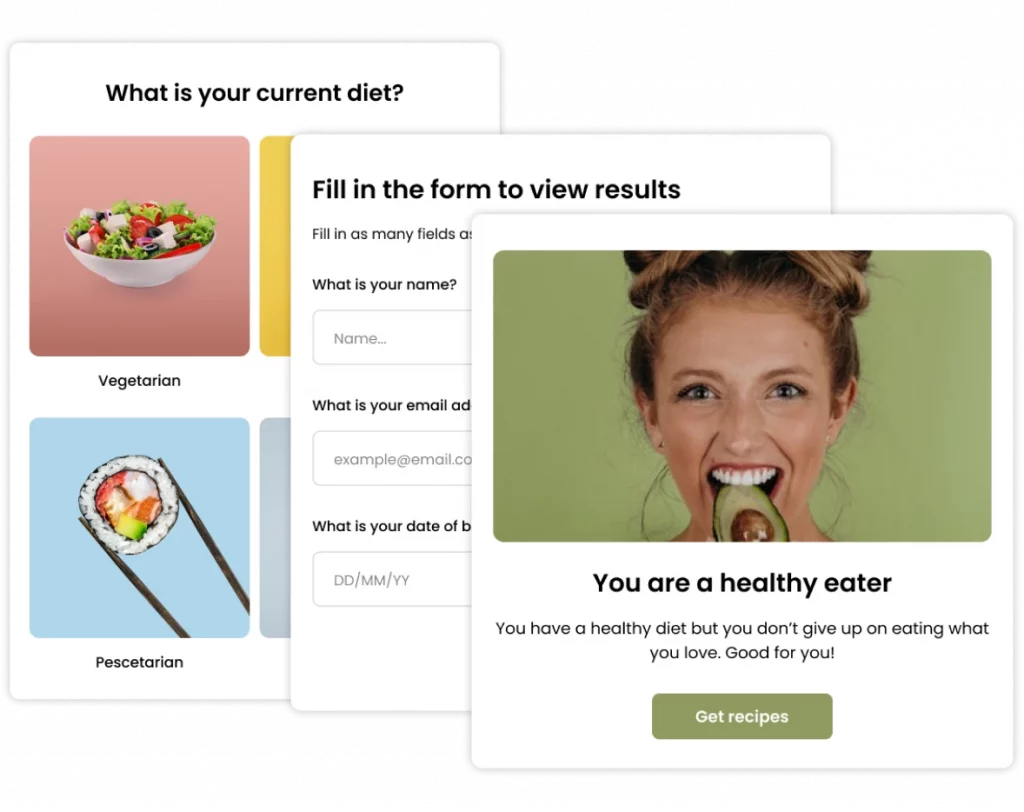
Creating a lead generation quiz is an engaging tactic to capture valuable user information. It’s essential to design quizzes that align with your audience’s interests or pain points, ensuring relevance and engagement. Implementing the quiz strategically across various platforms, such as your website and social media, maximizes its visibility. Incentivizing participation by offering personalized results or follow-up content based on quiz responses helps foster a connection and encourages users to share their email addresses.
a. Quiz Creation: Craft a quiz focused on a topic that resonates with your audience’s interests or challenges. Utilize specialized quiz-building tools like Interact or Typeform to create a captivating experience. Frame questions that inform and entertain while including an option for users to share their email for participation.
b. Integration and Promotion: Maximize quiz visibility by embedding it on your website and sharing it across social platforms. Use targeted ads to drive traffic, emphasizing the benefits participants gain from engaging with the quiz.
c. Email Capture and Follow-up: Ensure the quiz collects user mails. Offer incentives like personalized quiz results or a follow-up email series tied to their quiz responses to boost engagement.
8. Run Informative Webinars:
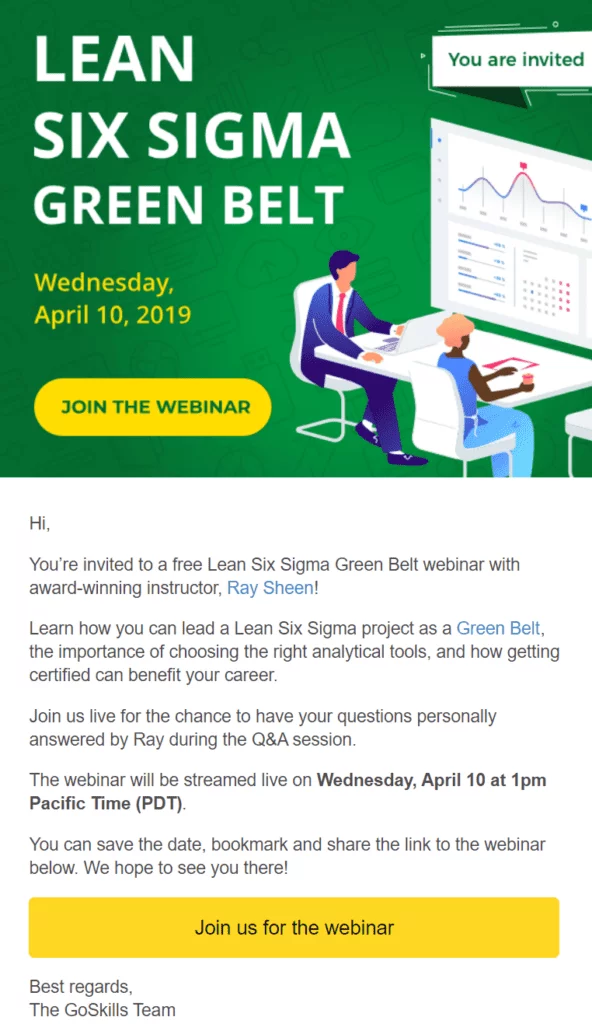
It’s crucial to meticulously plan webinar content that addresses your audience’s pain points or offers solutions related to your products or services. Choosing a reliable platform for hosting, promoting the webinar through dedicated landing pages, and collecting participant information, including email addresses, are vital steps. During the webinar, fostering audience interaction through polls, live chats, or Q&A sessions enhances engagement. Delivering valuable insights and actionable content showcases expertise and immediate value, fostering trust and interest among attendees.
a. Webinar Content Planning: Develop webinar topics that address your audience’s pain points or offer actionable solutions. Craft compelling content that delivers immediate value.
b. Webinar Platform and Promotion: Select a reliable platform such as Zoom, WebinarNinja, or GoToWebinar to host the event. Create a dedicated landing page showcasing the agenda, speakers, and a registration form for participants, including email collection.
c. Engagement and Interaction: Encourage audience participation through Q&A sessions, polls, or live chats during the webinar. Share practical insights, tips, or expert advice to demonstrate authority and provide instant value.
d. Follow-up and Nurturing: Post-webinar, engage both attendees and non-attendees by providing access to the recording or supplemental resources. Maintain engagement through targeted email campaigns or personalized content tailored to their interests.
9. Add an Email Signup QR Code to Print Materials:

Adding a mail signup QR code to print materials revolutionizes how potential subscribers engage with your brand. By embedding these QR codes into brochures, flyers, business cards, or posters, you simplify the subscription process.
a. QR Code Integration: Integrating QR codes into print materials like brochures, flyers, business cards, or posters creates a seamless path for potential subscribers to join your mail list. Tools such as QR Code Generator facilitate the creation of scannable QR codes. These codes can lead directly to a dedicated signup form or a landing page offering exclusive content or updates.
b. User Engagement and Convenience: QR codes simplify the signup process, allowing individuals to effortlessly join your mail list without the hassle of manual inputting of URLs or contact details. This convenience encourages spontaneous subscriptions, even while on-the-go.
10. Show Social Proof:
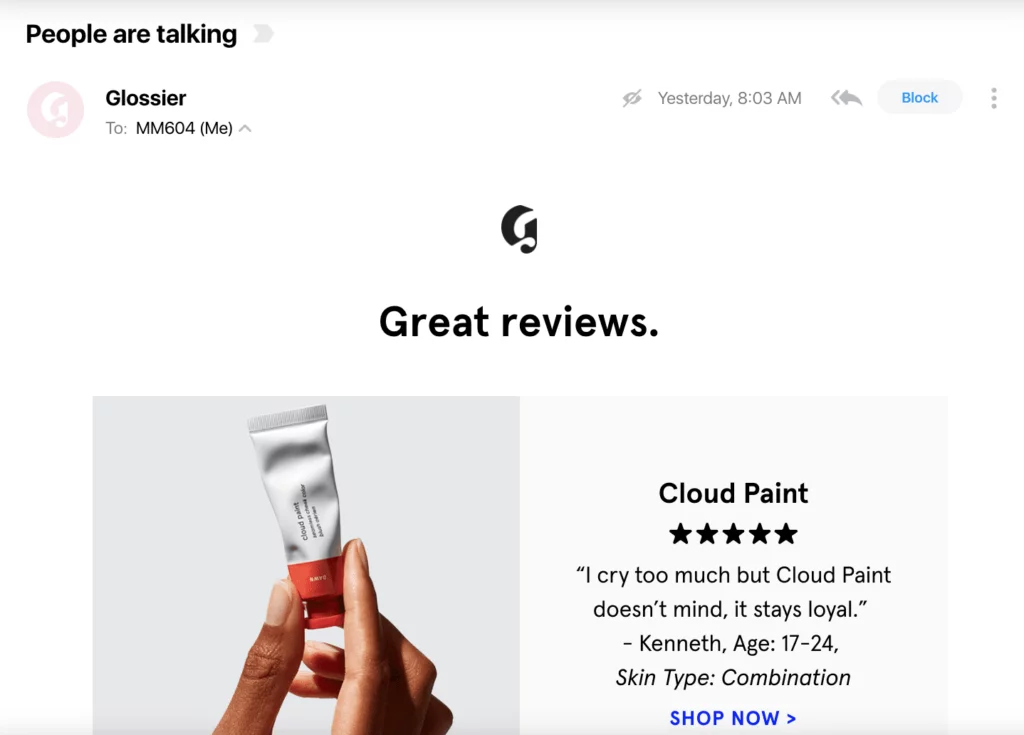
Leveraging social proof is a powerful strategy to build credibility and trust among potential subscribers. By showcasing your subscriber count prominently on your website or landing pages, you establish authority and credibility. Additionally, incorporating customer testimonials or reviews into your subscription pages or marketing materials further bolsters your credibility. Genuine feedback from satisfied customers serves as a compelling endorsement, influencing potential subscribers positively and reassuring them about the value of joining your email list.
a. Leverage Subscriber Count: Displaying your subscriber count prominently on your website or landing pages using tools like Proof or TrustPulse establishes social proof. Highlighting a substantial subscriber base boosts credibility and encourages new visitors to subscribe, considering the ongoing activity.
b. Testimonials and Reviews: Integrate customer testimonials or reviews emphasizing the benefits of subscribing. Platforms like Trustpilot or Yotpo enable the collection and display of genuine feedback, influencing potential subscribers positively.
11. Publish Case Studies:
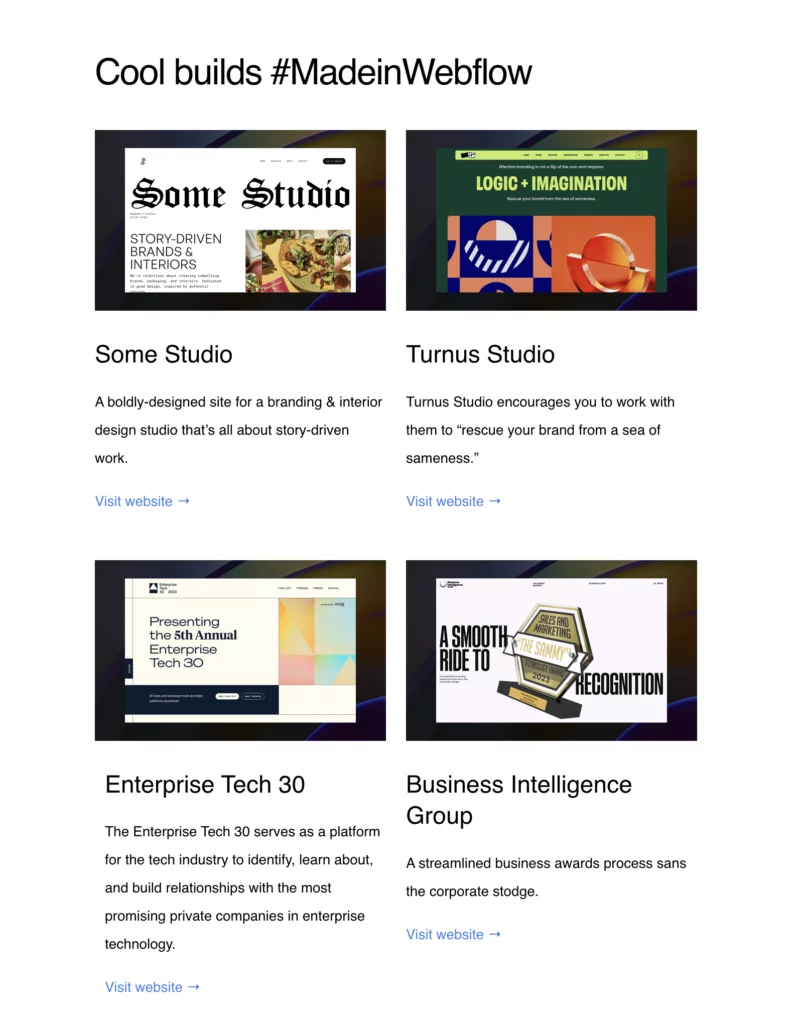
Publishing case studies involves sharing detailed success stories or experiences related to your product or service. These narratives highlight specific challenges, solutions offered, and measurable results achieved, demonstrating real-world applications and value to potential customers. By showcasing successful outcomes, businesses establish credibility and reliability.
a. Storytelling through Case Studies: Create compelling case studies showcasing how your product/service positively impacted customers. Highlight challenges faced, solutions provided, and measurable results achieved. Consider platforms like LinkedIn or Medium to share in-depth case studies.
b. CTAs for Email Signup: Strategically place calls-to-action within case studies, inviting readers to join your email list for further valuable content or exclusive updates. Tools like HubSpot or Mailchimp can help manage CTAs and subscription forms.
c. Diverse Promotion Channels: Disseminate case studies across diverse platforms, including your website, social media, newsletters, or industry-specific forums. Tailor the content to align with the interests of your target audience. Platforms like Buffer or Hootsuite facilitate multi-channel content sharing.
12. Turn Blog Posts into Content Upgrades:
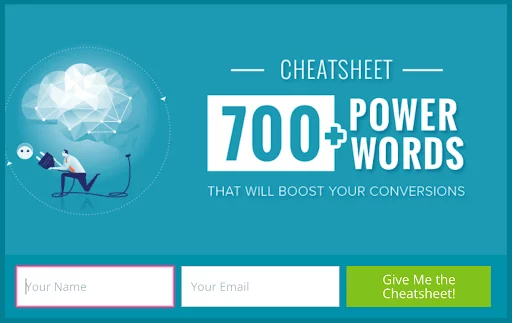
Converting blog posts into content upgrades involves offering additional, in-depth content related to the blog topic in exchange for email signups. It enhances the value proposition for visitors and encourages them to subscribe for exclusive resources. Leadpages or ConvertKit are robust tools that facilitate the creation and delivery of content upgrades. These upgrades can be in the form of downloadable eBooks, checklists, templates, or exclusive guides, aligning with the blog’s content and providing further value to readers.
a. Enhanced Blog Engagement: Implement content locking forms within your blog posts, offering exclusive content upgrades or resources in exchange for mail subscriptions. This strategy compels readers to sign up, leading to increased engagement and improved lead segmentation.
b. Effective List Segmentation: Tailor your content upgrades to specific blog topics or reader interests, allowing for more refined segmentation of your list based on subscribers’ preferences and behavior.
13. Offer Coupons and Free Gifts:
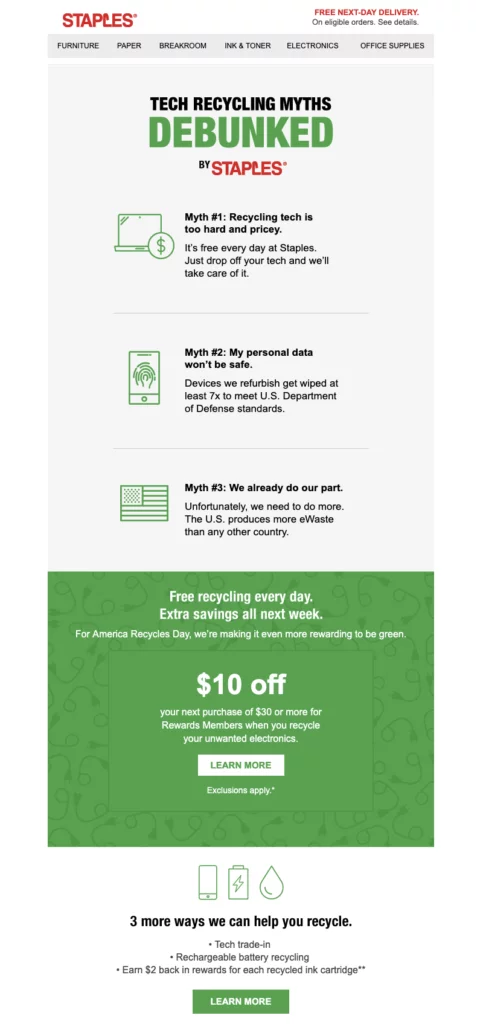
Providing coupons or free gifts as incentives for signups is an effective strategy to entice visitors. Platforms like WooCommerce or Shopify enable the creation and management of coupon codes. Offering discounts, free trials, or exclusive gifts upon subscription motivates potential subscribers to take action. Ensure that these offers are prominently displayed on your website, encouraging visitors to sign up to avail themselves of the discounts or gifts.
a. Ecommerce Incentivization:
- Enticing Signup Offers: Encourage mail signups for your ecommerce platform by providing tempting incentives like discount codes, free shipping, or bonus gifts. These offers act as powerful incentives, motivating visitors to subscribe and make purchases.
- Immediate Value Perception: Instantly offering value to potential subscribers enhances their perception of your brand and encourages them to engage further with your products or services.
14. Starting a Referral Program:
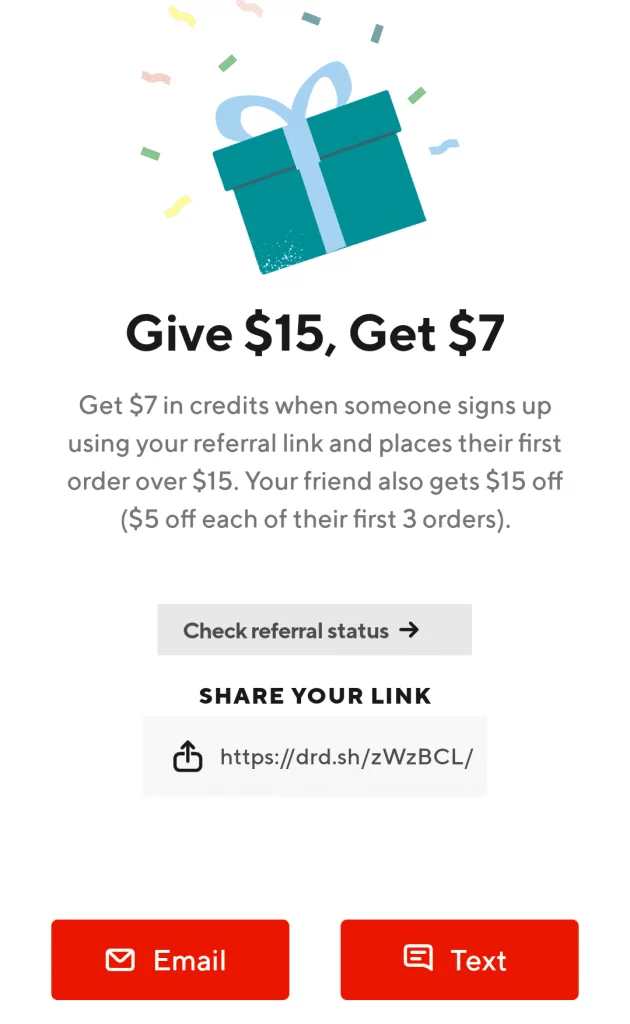
Launching a referral program encourages existing subscribers to refer friends or contacts to join your email list. Platforms like ReferralCandy or Ambassador help in setting up and managing referral programs. Incentivize current subscribers with rewards, discounts, or exclusive content for successful referrals. These programs leverage the power of word-of-mouth marketing, utilizing the existing subscriber base to expand your email list through their network.
- Leveraging Existing Customers: Establish a referral system that rewards both existing customers who refer new prospects and the newly signed-up individuals. Incentivizing referrals cultivates a sense of loyalty among your existing customer base while expanding your subscriber pool.
- Dual Benefits: The referral program not only amplifies your subscriber acquisition efforts but also strengthens your relationship with current customers by acknowledging their advocacy and support.
Conclusion:
Growing your subscriber base is pivotal for businesses seeking effective engagement, brand promotion, and revenue generation. It serves as a direct and personalized channel to connect with the audience, fostering relationships, and driving conversions. Utilizing various strategies such as offering incentives, creating valuable content, leveraging social proof, and optimizing user experiences can significantly impact subscriber growth. As mail marketing continues to showcase high ROI and impressive conversion rates, investing in expanding and nurturing an email list remains a cornerstone of successful digital marketing efforts.
FAQs on Email List Building in 2024:
How can I retain subscribers once they’re on my list?
Maintain consistency, offer relevant and valuable content, personalize emails, avoid overwhelming them with frequent emails, and nurture relationships.
What’s the significance of segmentation in mailing lists?
Segmentation ensures personalized content delivery, catering to specific interests and behaviors, thereby improving engagement and conversion rates.
How can I measure the success of my email subscriber growth efforts?
Monitor metrics like open rates, click-through rates, conversion rates, and subscriber retention to gauge the effectiveness of your email marketing strategies.



